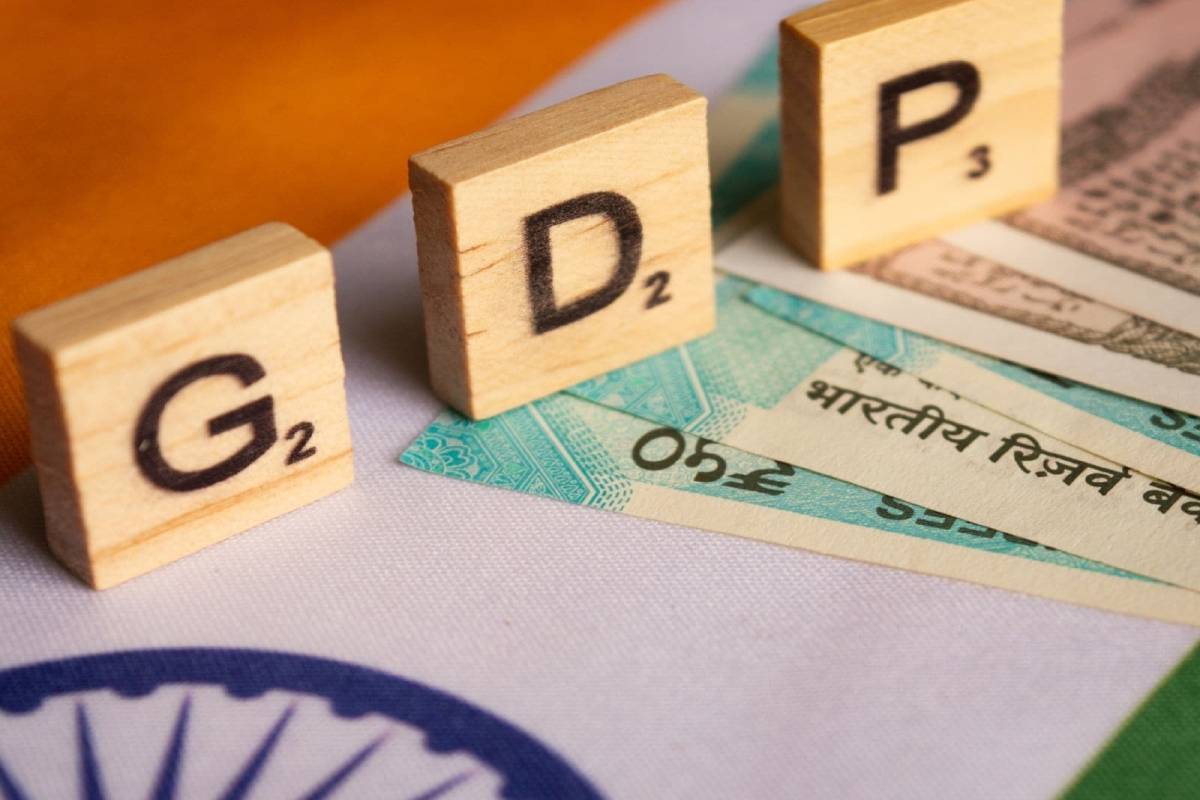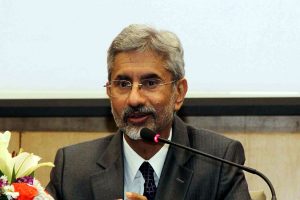India’s recent GDP figures reveal a slowdown that raises serious concerns about the country’s economic trajectory. At 5.4 per cent year-on-year growth for the July September quarter, this marks the slowest expansion in seven quarters. Manufacturing, which forms the backbone of industrial output, has been a critical laggard, growing by a mere 2.2 per cent compared to 7 per cent in the previous quarter.
Coupled with weaker urban consumption and sluggish wage growth, these figures highlight a critical juncture for economic policy. The challenges are multi-faceted. Inflation, hovering around 6 per cent, is squeezing consumer demand for everyday goods. Private consumption, which accounts for a significant share of India’s GDP, has risen just 6 per cent this quarter, down from 7.4 per cent. Urban Indians, whose spending traditionally boosts the economy, are grappling with stagnant inflation-adjusted wages. Compounding this is a concerning trend of high foreign capital outflows, signalling reduced investor confidence.
Advertisement
Despite these headwinds, there are glimmers of hope. A robust monsoon has bolstered agricultural growth, which increased by 3.5 per cent ~ a healthy rise from the previous quarter. Rural demand, often a counter-balance to urban slowdowns, could help stabilise the economy if supported adequately. Additionally, government spending has rebounded, growing by 4.4 per cent year-on-year, signalling fiscal measures aimed at stimulating growth. This brings us to the role of monetary policy. The Reserve Bank of India (RBI) has main tained its benchmark interest rate at 6.5 per cent, cit ing inflationary concerns. However, the current economic environment demands a more aggressive approach. The manufacturing slowdown, coupled with muted consumer demand, suggests that high borrowing costs are hindering investments and capacity building.
Calls for a rate cut have grown louder, with many advocating a more accommodative stance to revitalise growth. Interest rate cuts are no panacea but can provide a much-needed psychological boost to businesses and consumers alike. Lower borrowing costs can encourage industries to invest in capacity expansion and innovation, potentially addressing the import glut highlighted by the government. For urban households, lower rates can ease the burden of loan repayments, freeing up disposable in come and spurring consumption. However, monetary easing must be complemented by structural reforms. The manufacturing sector, in particular, requires policy interventions to address excess capacity and counter unfair trade practices like the dumping of cheap imports.
A shar per focus on export competitiveness and technological up grades is essential to ensure long-term resilience. In d ia’s economy has weathered numerous challenges in the past and remains fundamentally resilient. Still, the cur rent slowdown should be a wake-up call. Coordinated efforts, combining fiscal support, accommodative monetary policy, and structural reforms, are imperative to ste er the economy back onto a high-growth path. This is not just about numbers ~ it is about safeguarding livelihoods and ensuring that India remains a beacon of economic promise in an increasingly turbulent global landscape. Clearly, a concerted effort is needed to reverse the slowdown.











